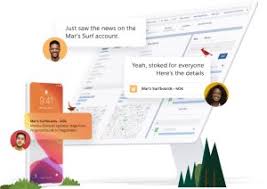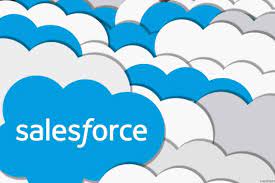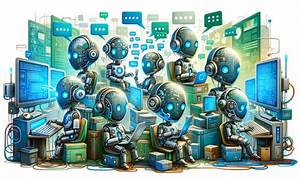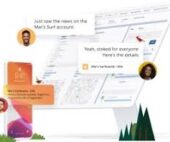Alaska Airlines Launches Guest-Facing Generative AI Tool, Alaska Inspires Alaska Airlines has become the first airline to introduce a guest-facing Generative AI (GenAI) tool with the launch of Alaska Inspires. Designed to simplify travel planning, this AI-powered assistant helps guests discover destinations more efficiently. “We heard from our guests that planning a trip to a new destination can take up to 40 hours,” says Bernadette Berger, Director of Innovation at Alaska Airlines. “Much of that time is spent comparing destinations, prices, travel times, and reading reviews. We built a Natural Language Search tool to let guests explore travel options using their own words, preferred language, or voice.” With Alaska Inspires, travelers can ask questions like, “Where can I go in Europe for under 80,000 miles?” or “Where can I go skiing within four hours?” Powered by OpenAI, the tool provides highly personalized responses and recommends up to four destinations, explaining why each was selected. This initiative is part of Alaska Airlines’ broader effort to develop a suite of GenAI tools that make discovering, shopping, and booking travel faster and more intuitive. Enhancing the Day-of-Travel Experience with AI Beyond trip planning, Alaska Airlines is leveraging GenAI to provide real-time, personalized travel insights. Berger highlights the growing role of AI in understanding guest preferences and delivering information in their preferred format. “Using voice as an interface—especially in a guest’s preferred language—is ideal for quick questions or simple tasks,” she explains. “How many minutes until I board?” or “Check me in for my flight” are prime examples of how voice-enabled GenAI can enhance the customer experience. Additionally, translating live announcements and direct messages into a traveler’s native language helps improve clarity and engagement. Bridging the Gap Between Data and Human Understanding Airlines operate in a world of complex policies, acronyms, and industry jargon. GenAI helps bridge this gap by translating raw operational data into clear, guest-friendly language. “GenAI excels at ingesting rules, policies, and operational data while generating responses that explain situations in a brand-aligned, easy-to-understand way,” Berger says. Currently, Alaska Airlines uses GenAI to assist customer service agents in quickly answering policy-related questions and responding to guest inquiries with speed and care. Balancing Innovation with Privacy and Quality While the opportunities with GenAI are vast, Berger acknowledges the challenges of implementing AI responsibly. “Building AI-powered tools is fast, but it requires time for model training, security, and rigorous user testing,” she notes. Ensuring privacy and maintaining high-quality outputs remain top priorities. Advice for the Industry: Experiment, Learn, and Scale For airlines, airports, and industry stakeholders exploring GenAI, Berger offers practical advice: focus on reducing the cost of testing. “If your AI roadmap is filled with expensive, time-consuming trials, your team will get stuck in hypotheticals,” she warns. “Build fast, low-cost experiments to validate the technology, use case, inputs, and outputs. Identify failures quickly and move on, then scale what works. This approach helps separate marketing hype from real business value and, most importantly, delivers solutions that truly enhance the customer experience.” With Alaska Inspires and a growing suite of AI-driven innovations, Alaska Airlines is leading the way in making travel planning and the day-of-travel experience more seamless and personalized. Like Related Posts Salesforce OEM AppExchange Expanding its reach beyond CRM, Salesforce.com has launched a new service called AppExchange OEM Edition, aimed at non-CRM service providers. Read more The Salesforce Story In Marc Benioff’s own words How did salesforce.com grow from a start up in a rented apartment into the world’s Read more Salesforce Jigsaw Salesforce.com, a prominent figure in cloud computing, has finalized a deal to acquire Jigsaw, a wiki-style business contact database, for Read more Service Cloud with AI-Driven Intelligence Salesforce Enhances Service Cloud with AI-Driven Intelligence Engine Data science and analytics are rapidly becoming standard features in enterprise applications, Read more



















